Preparing For Winter – November Q & A
Preparing For Winter – November Q & A
As we move out of the glorious month of October on Cape Cod, we inch closer to winter. It’s typical for us to have our first killing frost in early November, so this week is the “last call” to bring in houseplants and any tropical plants you would like to save over the winter. This is still a good time to plant perennials, shrubs and trees, and to poke a few bulbs into large containers or the ground. Here are six questions that we hear from our customers as we go into November.
Q. Should I cut my grasses down now?
A. Although you can cut ornamental grasses in November, most people leave them because they still look good. Additionally, if grasses are cut down low at this time of year and we have a very wet early winter, those clumps are more prone to rotting in the center than plants that were left into early winter.
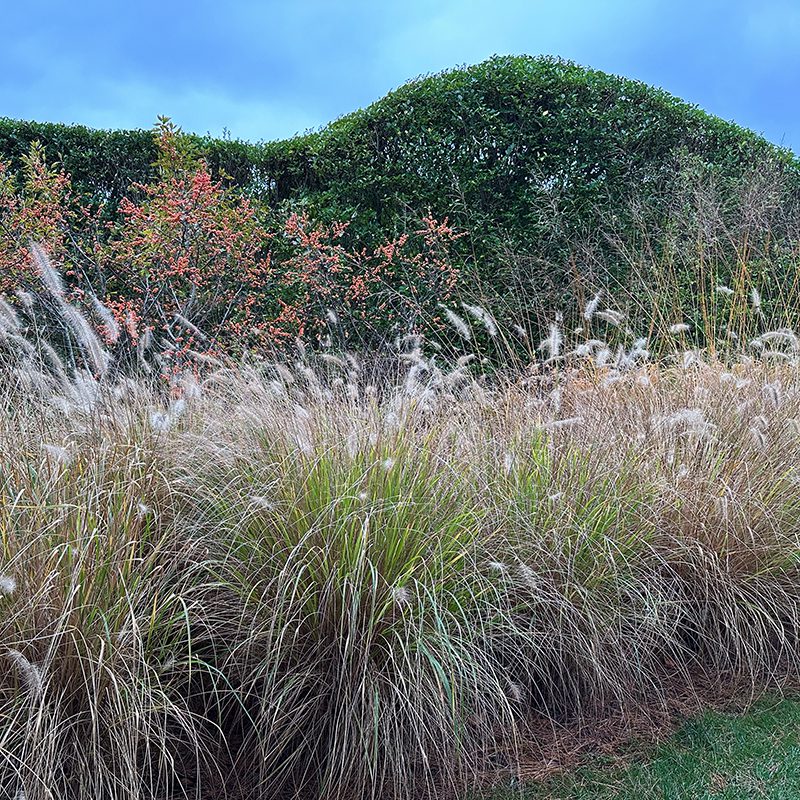
Q. Do I need to clear out my vegetable garden now?
A. If everything is finished in your raised bed or in-ground vegetable garden, by all means you can clear it out. Put any foliage that had diseases into a brush pile, not the compost area. Some people like to put a top-dressing of compost, composted manure, chopped leaves or other organic matter on the surface of the soil now so that the garden is ready to plant next spring. But if there are crops in your garden that you’re still harvesting, by all means leave those. Chard, lettuce, arugula, peppers, kale, carrots and beets are often good into November in this area.
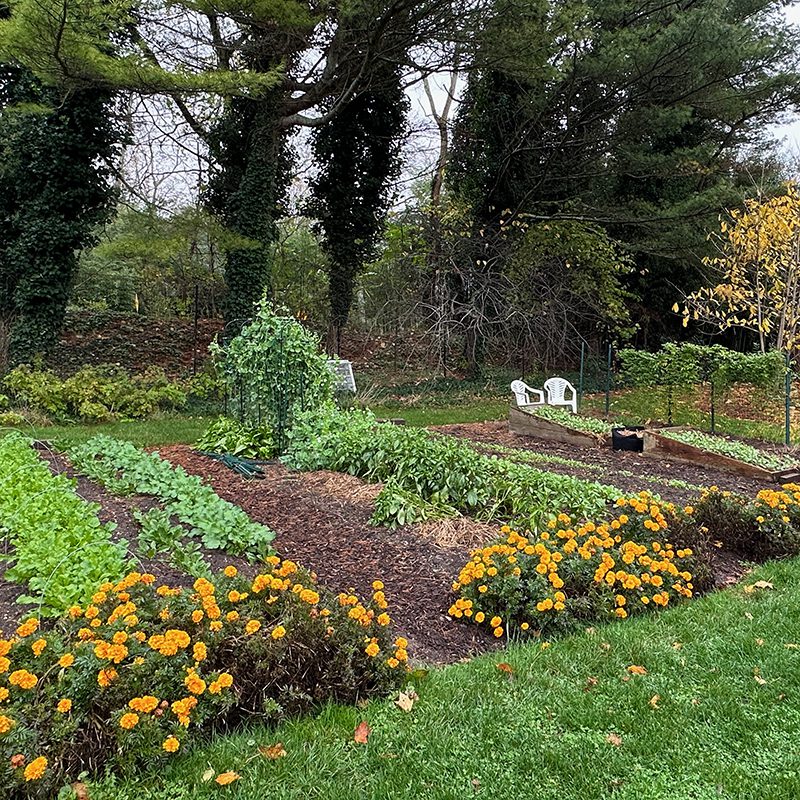
Q. What can I be pruning in November?
A. Non-flowering evergreens such as Leyland cypress, yews and Japanese holly can be pruned at this time of year, in the winter, or in early spring. If you enjoy using cut greens in your containers, window boxes or for making swags and wreaths, wait until mid-November and then use them for your holiday decor.
Another bit of pruning that’s good to do now is the removal of invasive vines. We all find bittersweet, wild roses, and other bird-planted vines growing under our shrubs and trees, and they are easier to spot at time of year as the berries are visible or the foliage turns color. Note of caution: poison ivy has red foliage or has dropped leaves completely by now, but the vines can still cause a rash. Additionally, some people are sensitive to the native Virginia creeper vines that are also a brilliant color in the fall. When working to remove any unwanted vines, always wear long sleeves and gloves, and put those in the wash as soon as you’re finished working. Removing outdoor clothing promptly is also good for preventing tick bites; the deer ticks are out in numbers right now.
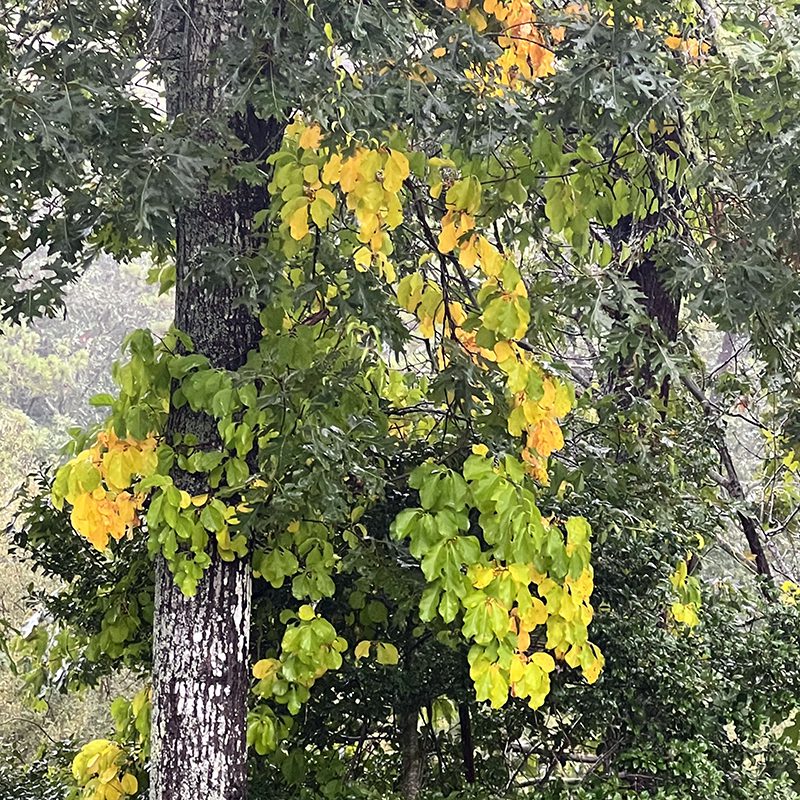
Q. Should I clip off the dried hydrangea flowers?
A. Removing spent hydrangea blooms is optional. Some people like to remove them so that they don’t blow around the yard and fill the window wells. Others leave them on the shrubs, allowing some to drop during the winter and removing those that are left in May, when it’s good to remove any dead wood.
Since the Endless Summer and other remontant varieties of hydrangeas are looking really good now, you might want to pick a few of their flowers to dry or to use in fall bouquets. The flowers that have faded from fresh blue to their typical green, purple and gray-blue shades will dry well: put them in a vase without water and keep the blooms away from direct sunlight.
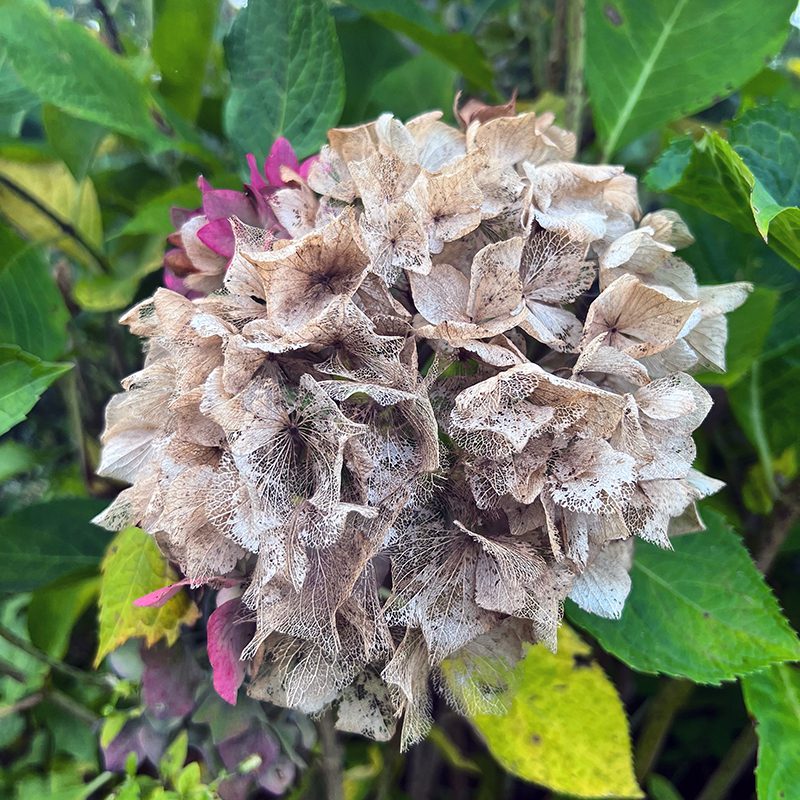
Q. Everywhere I look people are talking about “leaving the leaves.” What’s that about?
A. The “leave the leaves” slogan acknowledges that sometimes in our haste to tidy up, we humans do harm to butterflies, pollinators, fireflies and other insects since some of them overwinter in the fallen foliage. What we call “leaf litter” is actually life lifting for both wildlife and the health of our soils. Does this mean you should just let any and all leaves stay where they fall? Not at all…things are seldom so all-or-nothing. What it does mean is that we can look at our yard and decide that in some areas the leaves can remain, while in others they can be raked or blown to the edge of the woods or into a compost pile. Leaves that fall onto a lawn can be chopped with a mower and left on the turf to add organic matter to the ground.
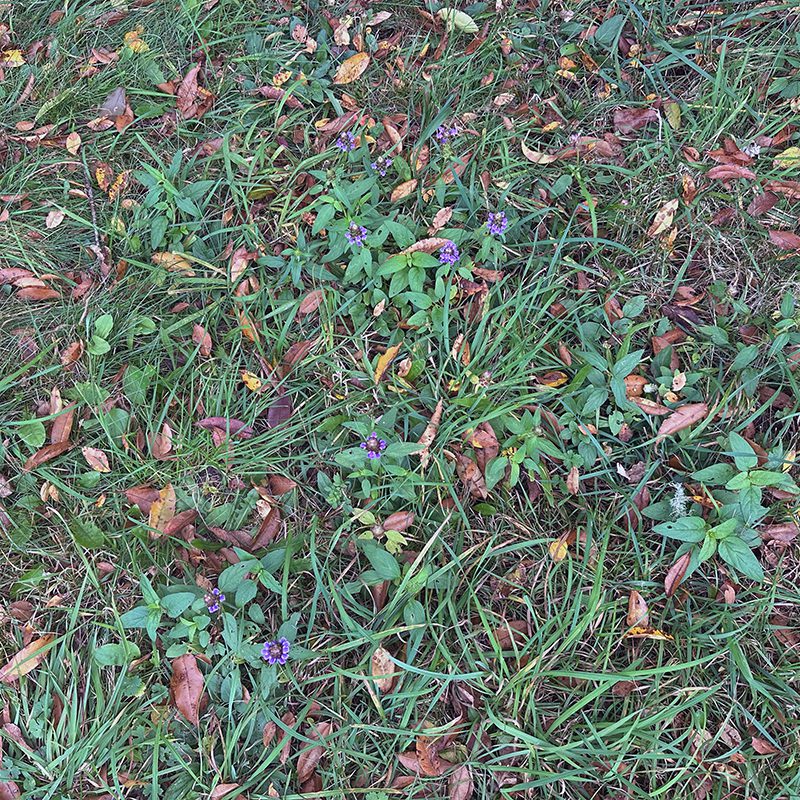
Q. I hate that the days are getting shorter. What can I do to make me feel better about this season?
A. At Hyannis Country Garden we believe that we’re in the wellness business. Our store is filled with life-affirming plants and products for mood-lifting at any time of year. Here are some suggestions for helping you focus on positive aspects of the season.
- Houseplants! There are so many varieties of plants that grow well inside that you can create a lush, colorful display in your home. Come into our front greenhouse to see the hottest new houseplants with variegated, golden, purple or green leaves.
- Amaryllis. The boxes of premium Amaryllis bulbs have arrived. These bulbs are ready to pot and put into a warm, sunny window so you can enjoy watching them come to life, sprout and bloom.
- Attract the birds. Whether you hang a bird feeder where you’ll see it from inside, or place a heater in your birdbath, there are ways to have colorful flocks of birds nearby though the winter. Our bird section is filled with food, feeders and other supplies for winter.
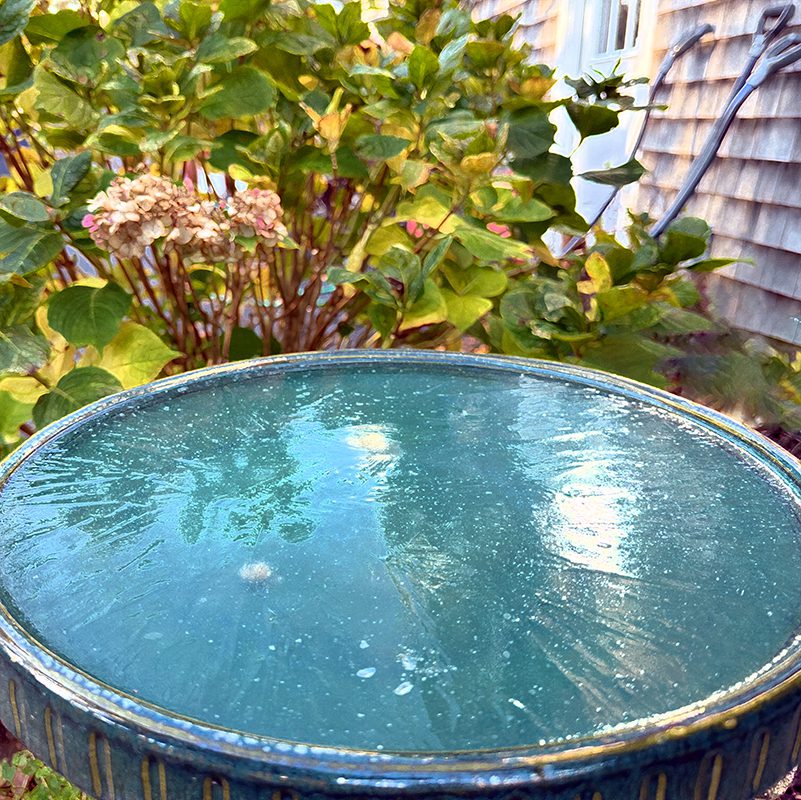
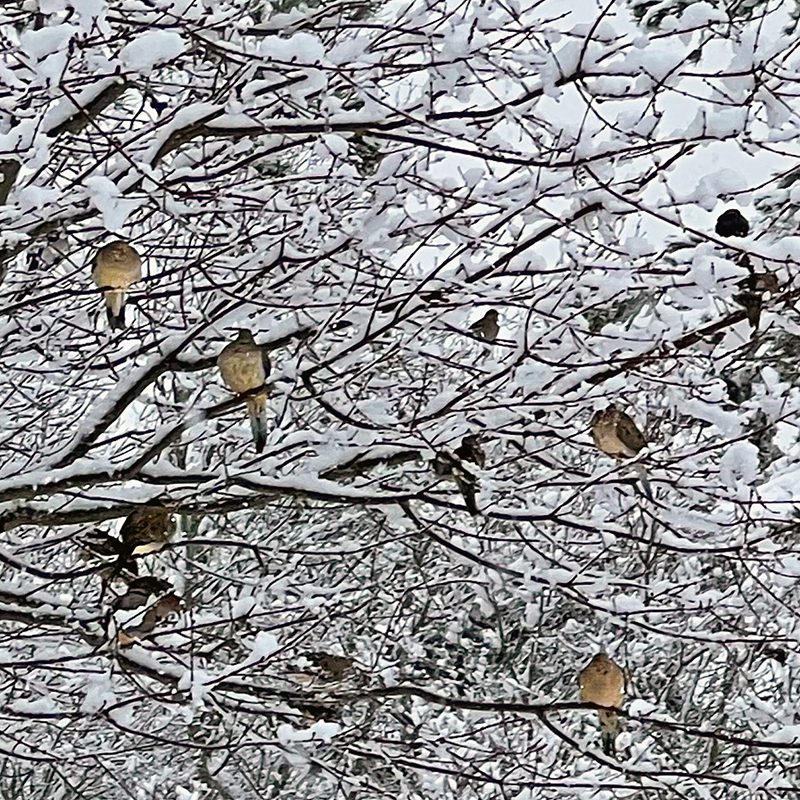
The November Happy Hour will be all about winter protection of plants: the need to do, the nice to do, and the NUTS to do. You can join in on November 10th at 5 PM by registering here.
4 Comments
Leave a Comment
Subscribe To Our Newsletter
Sign up for our weekly email about sales and events.

You do not mention what month is best to cut down grasses. When is the best time to cut?
The best time to cut grasses down is from February on. You’re not likely to kill them if you cut them back earlier, but sometimes the centers of the plants die off more quickly when they are cut down in the fall.
Hi. I have had a ton of birds in my back yard for many years. I have one bird feeder and two suet feeders. For the first time ever, I have gone a little over a month now and have only seen two birds. Do you know what would cause this? Thank you!
Hard to say, Michael, especially since we don’t know if you’re on the Cape or not. But I can tell you from personal experience that I always have fewer birds at my feeder in the fall. This is because the world is filled with abundant food sources at this time of year…so I find that the birds have a natural buffet that’s often preferable to them. But as it gets colder and the natural food isn’t as abundant, the birds come back to my feeder.